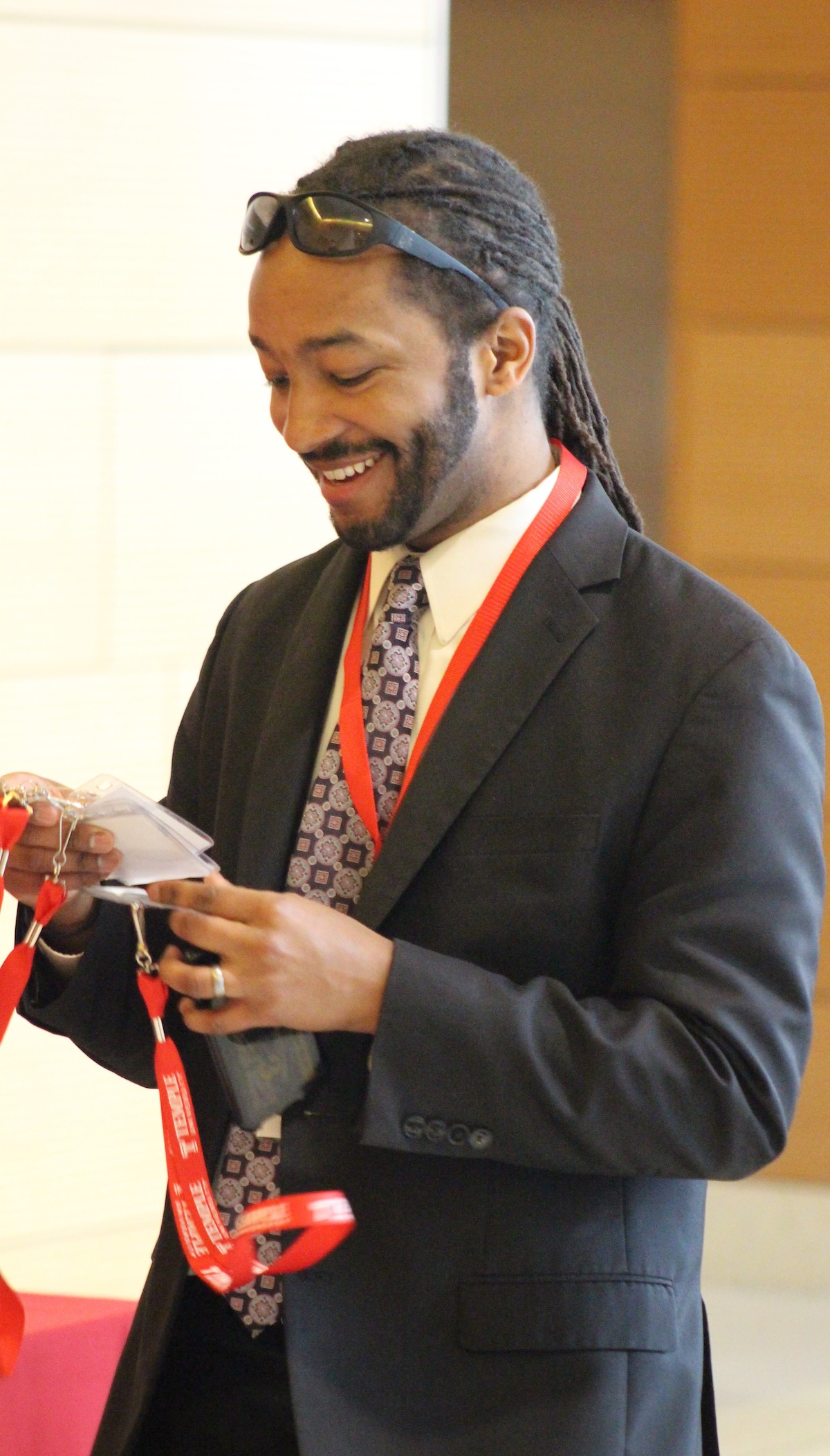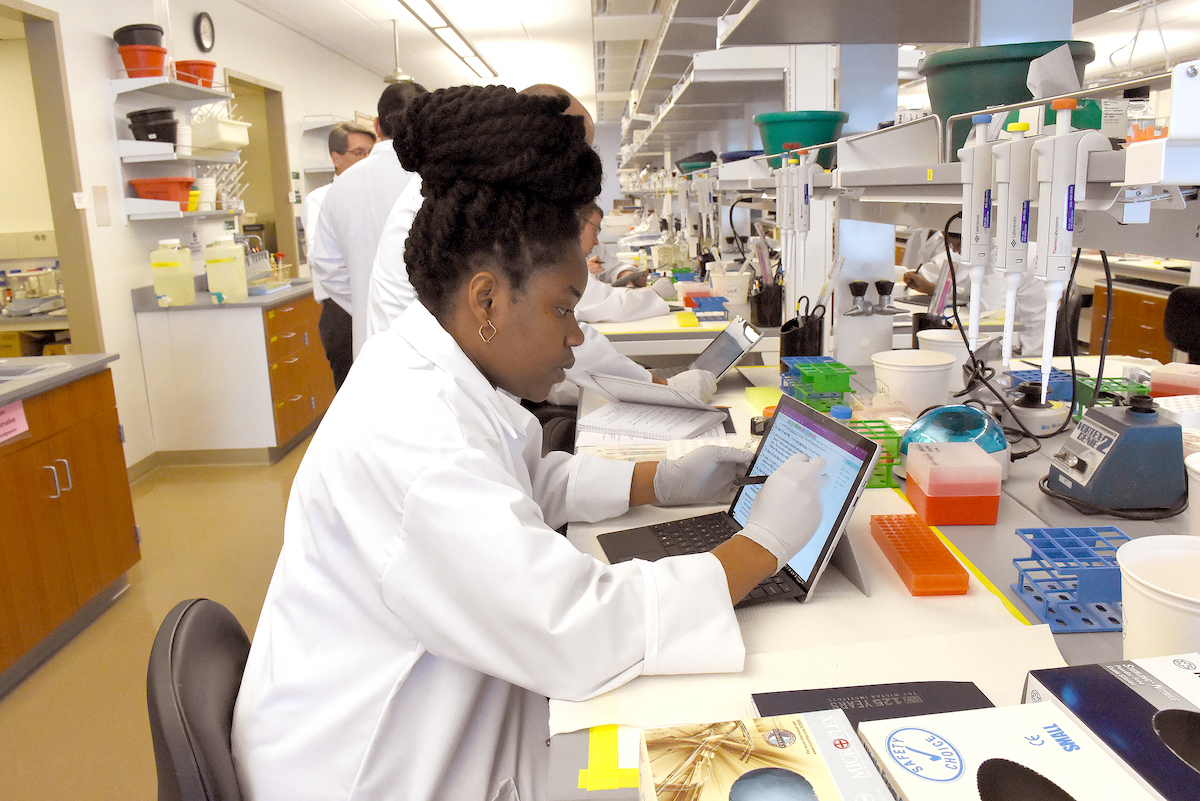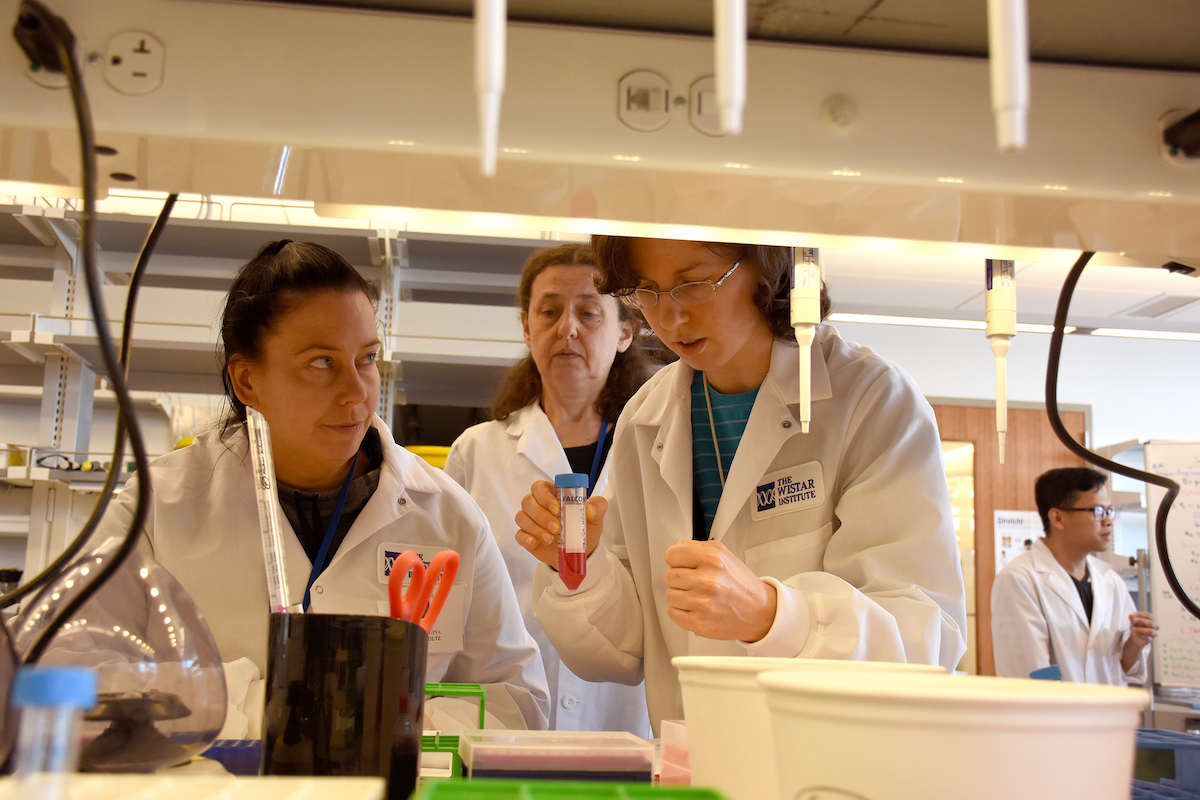Philadelphia continues to add more jobs to its STEM workforce, and its reputation as a region where life sciences can flourish persists.
At the beginning of this year, the industry employed 51,000 people across the region, and with industry leaders from companies like Spark Therapeutics and the University of Pennsylvania touting Philly as the place to be, that growth isn’t slowing down: “Philadelphia is undoubtedly one of the nation’s key clusters fueling the life sciences revolution,” said Ian Anderson, director of commercial real estate firm CBRE, earlier this year.
The past few months alone have brought significant advancement for the local life sciences space, and a spike in funding and large talent pool will accelerate future growth — especially in Philadelphia’s quickly developing University City neighborhood, where many biotech startups and researchers are located.
Economy League of Greater Philadelphia found that Philly’s STEM workforce in industries like technology and healthcare were among the city’s “highest skilled” or most educated workforce. But what about folks who don’t traditionally fit into that category? Is there room for them in STEM?
Answering “yes” is the mission of Phil Brooks, the director of STEM workforce development at the University City Science Center. His role was created thanks to a Lenfest Foundation grant to create a STEM workforce development program for West Philadelphians.
Brooks, who started at the Science Center this summer after working in workforce development for the City of Philadelphia and City Year Philadelphia, has a primary goal to connect local residents to “life-sustaining” jobs that have long-term possibility, a high pay rate, benefits and opportunity for growth, he said.

Phil Brooks. (Courtesy photo)
Starting in 2020, the program will lean on insight from top industry leaders about what skills and positions they’re currently looking for. These jobs might include salespeople, marketing professionals, lab technicians or lab preppers, Brooks said.
And the folks looking to get trained for a STEM career will come from a variety of backgrounds, he added: It could be individuals with high school diplomas or some college, or those who have been in the workforce but are looking for a career change or to expand their opportunities.
As the STEM industry grows quickly here, there’s plenty of opportunity to expand the workforce, but the more challenging part is helping West Philadelphians “find those on-ramps,” Brooks said. That’s essentially what the forthcoming program is all about — opening up opportunities in an industry with traditionally high barriers to entry.
“For folks who have an existing passion, or desire for career advancement, but have some life blockades, we have to ask and figure out, ‘How can we remove those barriers?’” he said.
He’s working on building those ramps into the industry in partnership with University City District’s West Philadelphia Skills Initiative and Drexel University. He’s also looking toward a Community College of Philadelphia’s Biomedical Technician Training Program (BTTP), which was developed and is run by The Wistar Institute. That program is celebrating its 20th year in 2020, and has since graduated 162 students with specialized lab skills, training and mentorship.
Lab technician jobs are often filled by folks with a bachelor’s degree who work for a few years before going to graduate school, said Brian Keith, Wistar’s dean of biomedical studies.
But the BTTP aims to widen that talent pipeline. The program is open to current CCP students likely studying chemistry or biology, and includes two summers of training and a 12-week internship. Most students are simultaneously pursuing an associate’s degree.
-

A student of the Biomedical Technician Training Program works in a lab. (Courtesy photo)
“It’s one of the only programs I know of that’s engaging a population of bright and dedicated students who otherwise would not have the opportunity to get involved in biosciences,” Keith said. When students leave the program, they do so with mentored experience, which is highly valued as technician — “and they’re snapped up fast.”
A lot of students are looking for a way into STEM industries, but they might not know how or be on a traditional educational track, said Kristy Shuda-McGuire, the associate dean of biomedical studies at Wistar.
“What we’ve done is provide an early research experience that can turn into a job they can do while continuing their education, or without finishing their degree,” Shuda-McGuire said.
Many of the BTTP students are mid-career and looking for a change, or are looking for an inlet to a STEM career but don’t want a four-year or graduate degree. Historically, within six months, 50% of program graduates have a job, and the other 50% are still finishing school, Keith said.
Shuda-McGuire was hired to update the curriculum, she said, as she noticed that BTTP graduates became more in-demand for academic research positions as grad students traditionally working in those labs got hired at growing local life sciences companies.
Wistar consistently communicates with biomedical companies Invisible Sentinel and Integral Molecular on their needs and desirable qualities and skills for its students, and Keith said he hopes that his team can form partnerships with other companies in the areas for a well-rounded understanding of current necessary skills.
“We’re really happy to help biotech companies meet their demands,” Shuda-McGuire said. “It would be a win to have more training sites to place our students.”
-

Students in the Biomedical Technician Training Program in a lab. (Courtesy photo)
Reskilling and mid-career programs like these are not at all unusual in Philadelphia’s workforce landscape.
One recent example: Comcast just announced a partnership with workforce development nonprofit Philadelphia Works that’s also a commitment to help reskill and train adults who aren’t in the broadcast giant’s normal talent pipeline. The “pay for success” model is a first in Philadelphia, and will also roll out in 2020.
“Like a lot of things in business, when you take a long-term investment view, [you] sometimes have to remind people there’s more than one focal length,” said Bill Strahan, the EVP of human resources for Comcast Cable, of the program. “Sure, we could hire people like we normally do, or we can help prime the pump for a different system, a different pipeline.”
“We have to stop thinking about one-size-fits-all,” said Patrick T. Harker, president and CEO of the Federal Reserve Bank of Philadelphia, of the city’s job training landscape.
In the past, folks have been fast to run toward the latest fad, but the reality is that there are various pathways to professional success, Harker said. In the healthcare industry, for example, some might look toward college right away to become a neurosurgeon while others might complete an apprenticeship or certificate program to work in sales or in a lab.
“All of the above are needed,” Harker said. “And all those jobs exist in Philadelphia’s industries.”
In the case of the forthcoming Science Center program, it’s Brooks’ job to figure out just what those jobs will be. There are some factors, like automation, that are cliffhangers, he said: “Will it actually create jobs?” But more generally, it’s about hearing directly from employers about what they need, rather than trying to blindly predict what the future of the STEM workforce will look like.
“We’re in constant conversations about what jobs are available in this industry, what the needs are, how to move forward with a strategic plan and find the expertise to execute it,” Brooks said.
The in-demand skills will vary from company to company, but will include a combination of hard and soft skills. For example, each may have a set of distinct rules and skills for its research labs, but there’s a baseline knowledge that can be taught to make those in the program desirable candidates.
“There’s been a major push in identifying the needs, and working with industry partners to see what will be projected down the line,” Brooks said.
The Science Center is working on a report with industry partners to better understand the lay of the land in terms of job needs and hirable skills. That report will be done in early 2020 and will serve as a blueprint for Brooks’ and the program’s next steps.
“Our job is internalizing it, and making sure partners are invested in the findings of the report,” he said. “The award is getting West Philadelphia adults into STEM and science careers.”

This editorial article is a part of Technical.ly's Workforce Development Month of our editorial calendar.
Before you go...
Please consider supporting Technical.ly to keep our independent journalism strong. Unlike most business-focused media outlets, we don’t have a paywall. Instead, we count on your personal and organizational support.
Join our growing Slack community
Join 5,000 tech professionals and entrepreneurs in our community Slack today!

Entrepreneurship is changing, and so is the economic development behind it

Tech Hubs’ new $210M funding leaves Baltimore and Philly off the table

Here’s what to know before using AI to craft your brand’s social media posts


